Table of Contents[Hide][Show]
- Nutrivore Score for Northern Lobster – 839
- Northern Lobster Nutrition Facts
- Northern Lobster Nutrition Varies With Cooking
- Lobster Nutrition Varies With Type
Health Benefits of Northern Lobster Nutrients+−
- Northern Lobster Provides 172% DV Copper
- Northern Lobster Provides 133% DV Selenium
- Northern Lobster Provides 80% DV Iodine
- Northern Lobster Provides 319.7 mg of Taurine
- Northern Lobster Provides 78% DV EPA+DHA
- Northern Lobster Provides 60% DV Vitamin B12 (Cobalamin)
- Northern Lobster Provides 19.0 g of Protein
- Northern Lobster Provides 37% DV Zinc
- Northern Lobster Provides 33% DV Vitamin B5 (Pantothenic Acid)
- How Much Lobster Should We Eat Per Day?

Eating lobster is commonly associated with affluence as it is a somewhat rare dish to see on a menu, and is expensive as it must be carefully shipped from coastal areas to arrive at destinations around the world. Lobster fishing is also one of the most dangerous jobs in the world, therefore this delicacy comes at a cost, these days.
Lobsters have been a popular food for as long as we can remember, and there is evidence that it was enjoyed during mid to late Roman periods in Europe, as well as between 50 – 800 CE in Peru. In addition to being used as a food, the shells of the lobsters were used by Moche people in Peru to make pink dye, and to create ornaments and tools. Lobster was regularly consumed in fishing communities throughout Britain, Australia, Papua New Guinea and South Africa throughout history and it was shipped to inland destinations also.
Lobsters were commonly caught and consumed all over the world along coastal areas for hundreds of years. However, they have now garnered status as an elite and expensive delicacy, rather than an everyday staple!
The popularity of the American lobster, and it’s use as a commonly consumed food did not blossom until the mid-19th century. New York and Boston residents first developed a taste for the rich crustacean, and lobster fisheries began to flourish with the invention of the lobster smack, which is the below deck holding area. Lobster is a very perishable food, and transportation and shipping practices have innovated new ways to improve distribution and maintain the health and safety of the food source.
Lobsters are most frequently cooked by boiling or steaming and can be served in the shell or outside of the shell, or through removing the meat from the shell altogether to prepare in dishes such as a lobster roll. Melted butter and lemon juice are commonly served with lobster as dipping the lobster in rich and creamy butter supports the delicate flavors of the lobster. A squeeze of lemon helps to brighten up the dish and cuts the richness. Popular lobster dishes include lobster bisque, cappon magro (seafood salad), lobster Newberg, lobster Thermidor, and it can be included or spotlighted in numerous other dishes such as pasta, risotto, soups and more. You can also find lobster frozen or processed through canning or pickling.
Lobsters are a crustacean, which is one of the most common allergen foods in the world.
Lobsters belong to the category of crustaceans, which are among the top allergens in the world. So be sure to observe any allergic reaction symptoms if they appear such as red blotchy rash, hives, difficulty breathing, cramping and even nausea or vomiting. And always be sure to disclose its inclusion in any cooking dishes you may be serving with other people!
If you are lucky enough to be able to safely enjoy this rich delicacy, let’s find out why this food is as nutritious as it is delicious.
Learn What Foods to *ADD* to Your Diet
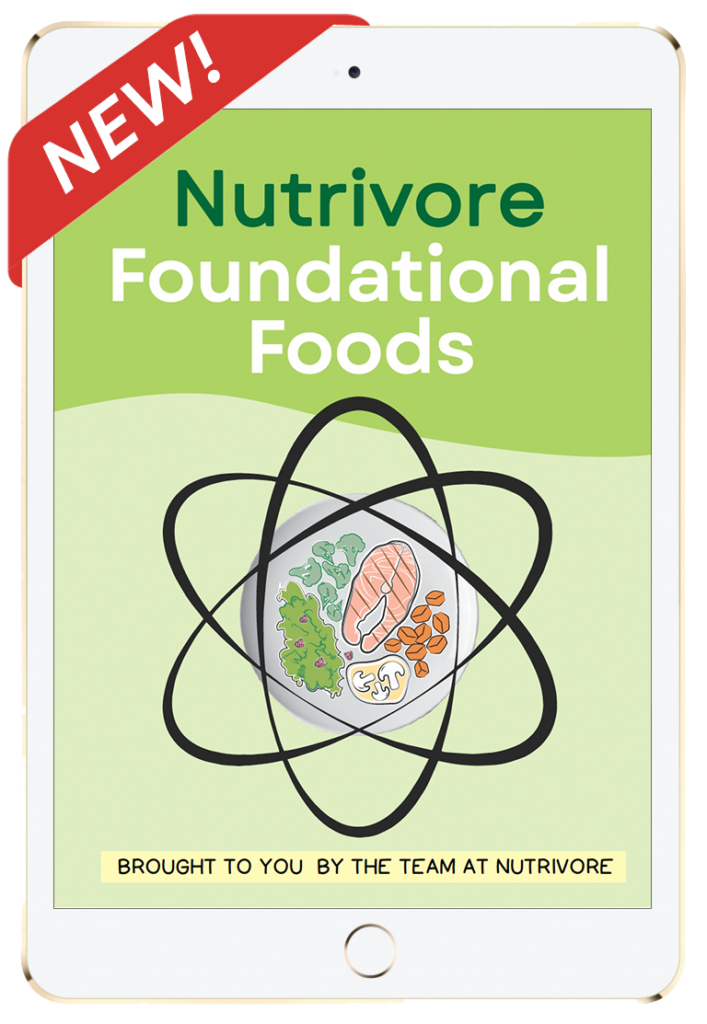
Nutrivore Foundational Foods
Learn what makes the 12 Nutrivore foundational food families nutritionally unique, their health benefits, which options are the most nutrient dense, how much of them to eat, plus various fun facts, practical pointers, and busting of common myths.
This very helpful resource will introduce you to new foods and expand your nutrition knowledge, making food choices easier!
Buy now for instant digital access.
Nutrivore Score for Northern Lobster – 839
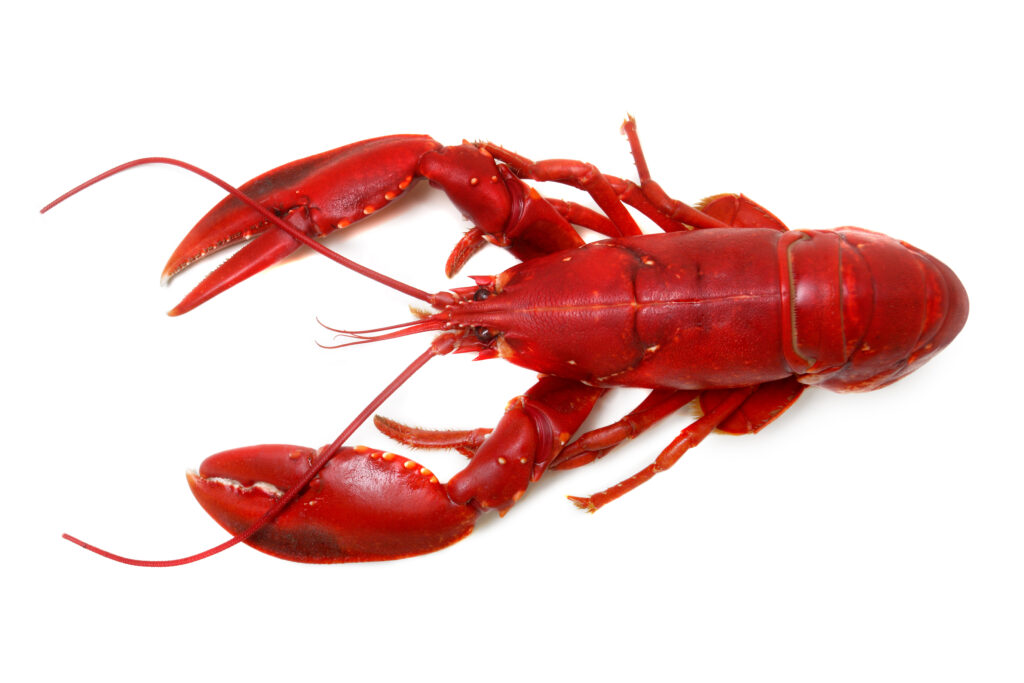
Northern lobster has a Nutrivore Score of 839, making it a super nutrient-dense food! Plus, it is a low-carb food; northern lobster has 0 grams of net carbs per 115-gram serving!
Per serving, northern lobster is a best source (>50% daily value) of copper, EPA+DHA, iodine, selenium, taurine, and vitamin B12 (cobalamin); an excellent source (20-50% daily value) of protein, vitamin B5 (pantothenic acid) and zinc; and a good source (10-20% daily value) of choline, magnesium, phosphorus, vitamin B3 (niacin), and vitamin B7 (biotin).
Ditch Diets. Embrace Nutrients. Start with this FREE Guide.
Sign up for the free Nutrivore Newsletter, your weekly, science-backed guide to improving health through nutrient-rich foods — without dieting harder —and get the Beginner’s Guide to Nutrivore delivered straight to your inbox!

Northern Lobster Nutrition Facts
One serving of northern lobster is standardized to 115 grams (4 ounces). When you cook northern lobster, it reduces in volume by approximately 13%: 100 grams of raw lobster is equivalent to 87 grams of cooked lobster.
Northern Lobster Nutrition Facts Per Serving
| Norther lobster, raw | Nutrivore Score: 839 | Nutrient Density: Super! |
|---|---|---|
| Serving Size: 4 ounces (115 grams) | Protein: 19.0 grams | Net Carbohydrates: 0.0 grams |
| Calories: 89 | Total Fat: 0.9 grams | Dietary Fiber: 0.0 grams |

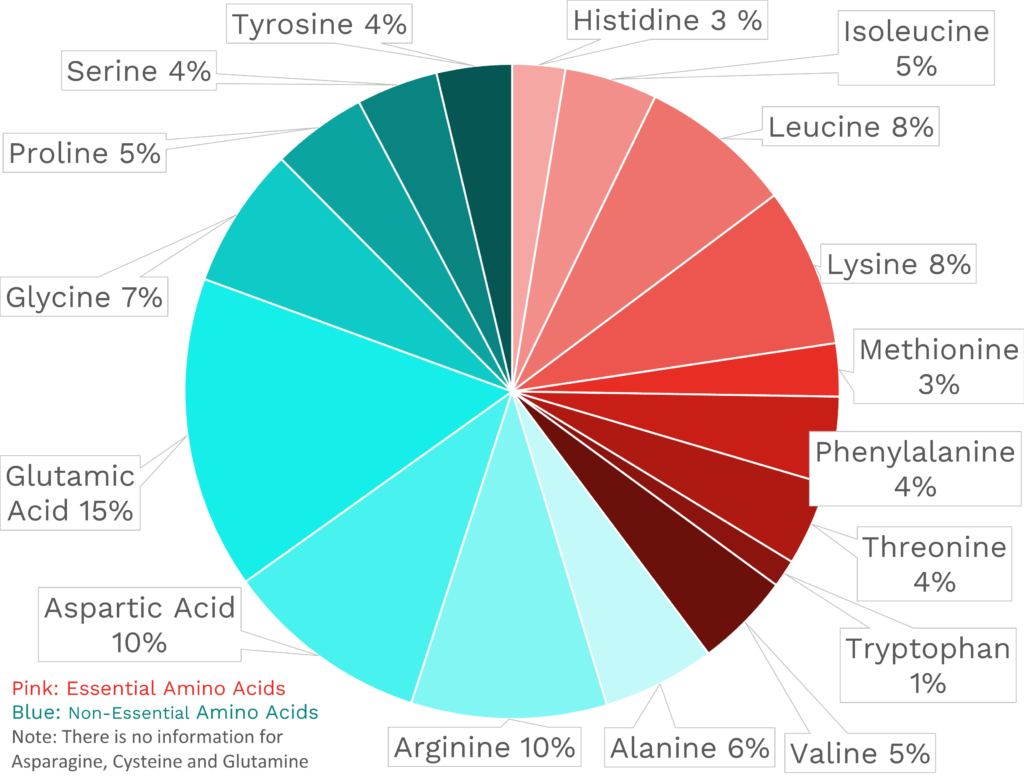

| VITAMINS | ||
|---|---|---|
| Vitamin A | 1.2 μg RAE | 0% DV |
| Vitamin B1 (Thiamin) | 23.0 μg | 2% DV |
| Vitamin B2 (Riboflavin) | 16.1 μg | 1% DV |
| Vitamin B3 (Niacin) | 1.8 mg | 11% DV |
| Vitamin B5 (Pantothenic Acid) | 1.7 mg | 33% DV |
| Vitamin B6 (Pyridoxine) | 119.6 μg | 7% DV |
| Vitamin B7 (Biotin) | 5.8 μg | 19% DV |
| Vitamin B9 (Folate) | 11.5 μg | 3% DV |
| Vitamin B12 (Cobalamin) | 1.4 μg | 60% DV |
| Vitamin C | 0.0 mg | 0% DV |
| Vitamin D (D2 + D3) | 0.0 μg | 0% DV |
| Vitamin E | 1.0 mg | 7% DV |
| Vitamin K | 0.0 μg | 0% DV |
| Choline | 80.8 mg | 15% DV |
| Myo-Inositol | ~ | ~ |
| CoQ10 | 0.3 mg | ~ |
| FUNCTIONAL FATS | ||
|---|---|---|
| MUFA | 0.3 g | 1% DV |
| ALA | 49.5 mg | 3% DV |
| EPA + DHA | 195.5 mg | 78% DV |
| CLA | 0.3 mg | ~ |
| Linoleic Acid | 0.0 g | 0% DV |
| MCT’s | 0.0 g | ~ |
| MINERALS | ||
|---|---|---|
| Calcium | 96.6 mg | 7% DV |
| Copper | 1551.4 μg | 172% DV |
| Iodine | 120.3 μg | 80% DV |
| Iron | 0.3 mg | 2% DV |
| Magnesium | 43.7 mg | 10% DV |
| Manganese | 64.4 μg | 3% DV |
| Phosphorus | 185.2 mg | 15% DV |
| Potassium | 230.0 mg | 5% DV |
| Selenium | 73.1 μg | 133% DV |
| Sodium | 486.5 mg | 21% DV |
| Zinc | 4.1 mg | 37% DV |
| PHYTONUTRIENTS | ||
|---|---|---|
| Carotenoids | 0.0 μg | ~ |
| Polyphenols | 0.0 mg | ~ |
| Phytosterols | 0.0 mg | ~ |
| Glucosinolates | ~ | ~ |
| Thiosulfinates | ~ | ~ |
| Betalains | ~ | ~ |
| AMINO ACIDS & PEPTIDES | ||
|---|---|---|
| Taurine | 319.7 mg | ~ |
| Ergothioneine | ~ | ~ |
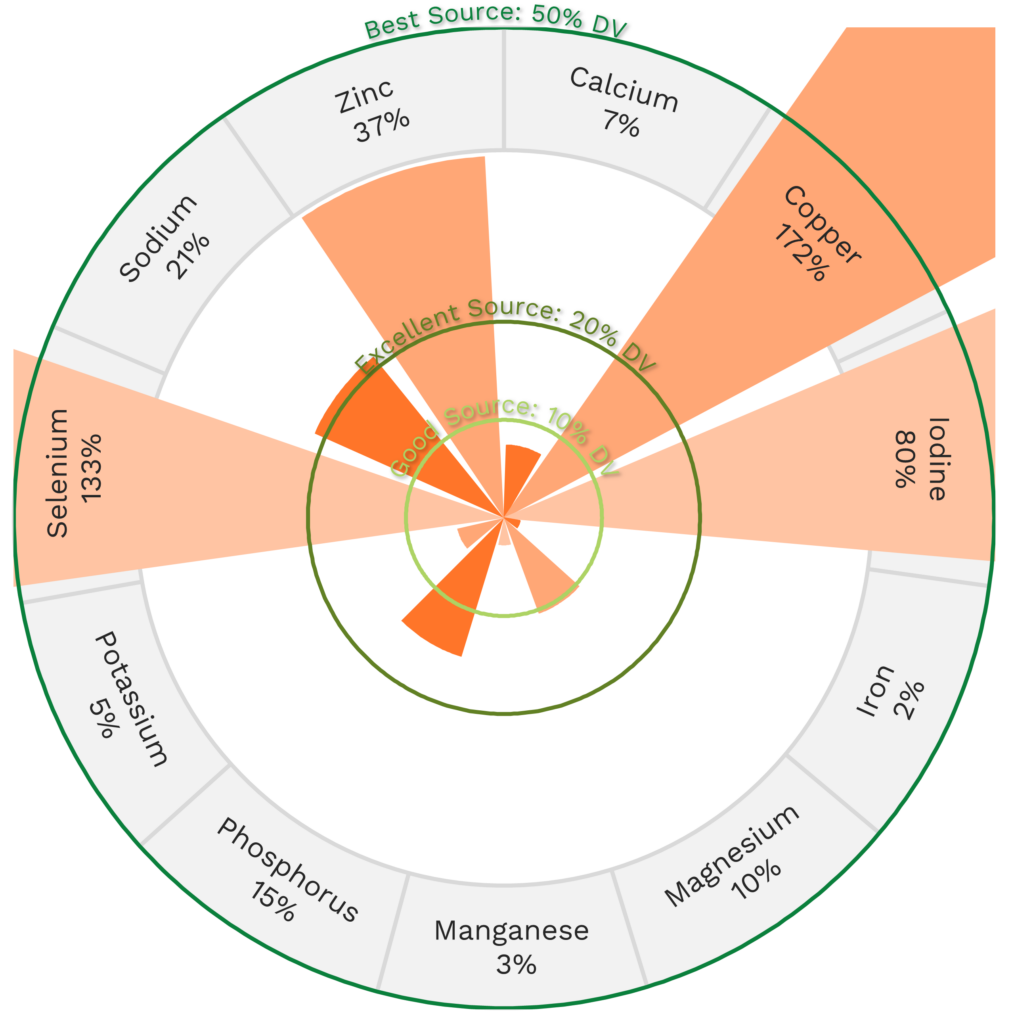

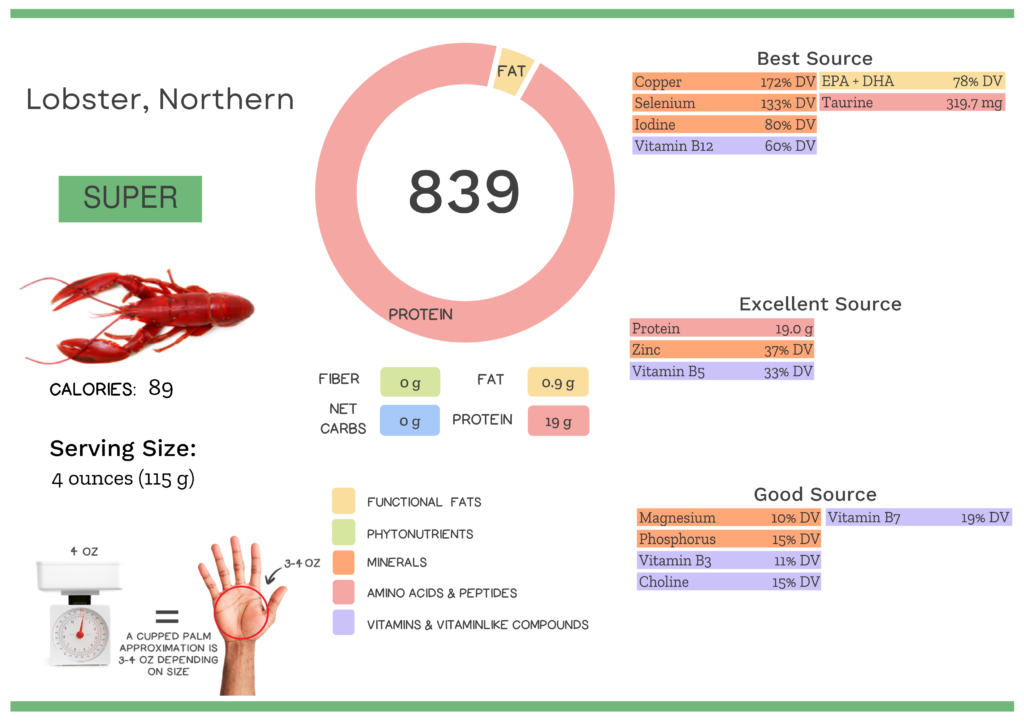
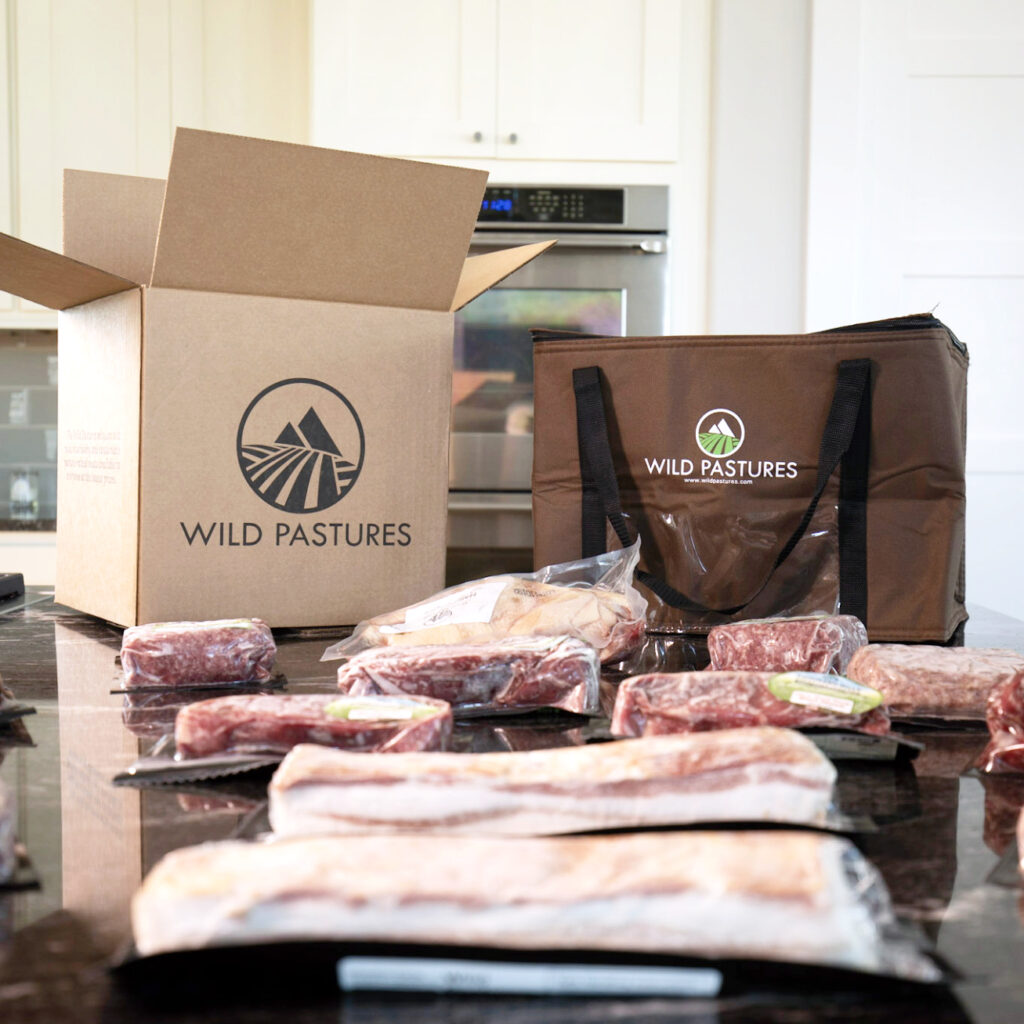
Quality Meat and Seafood
- 100% grass fed and finished beef, pasture-raised pork, pasture-raised chicken and wild-caught seafood
- Raised on regenerative family farms in the USA
- Fast delivery from our farms to your door
- Save 20% off for life, plus $15 off your first box, no coupon required
Northern Lobster Nutrition Varies With Cooking
The Nutrivore Score of lobster varies depending on method of preparation.
| NUTRIVORE SCORE | |
|---|---|
| Northern lobster, cooked, moist heat | 750 |
| Northern lobster, raw | 839 |
Lobster Nutrition Varies With Type
There are many types of lobster, each with its own unique taste and nutrient profile, which means their Nutrivore Scores also vary.
| NUTRIVORE SCORE | |
|---|---|
| Northern lobster, raw | 839 |
| Spiny lobster, raw | 637 |
If you think the nutrition in lobster is claw-some, maybe your friends will too!
Health Benefits of Northern Lobster Nutrients
Let’s take a closer look at all of the best and excellent source of nutrients found in a 4-ounce serving of northern lobster and see how they benefit our health.
Northern Lobster Provides 172% DV Copper
Northern lobster is a best source of copper, providing a whopping 172% of the daily value per 4-ounce serving!
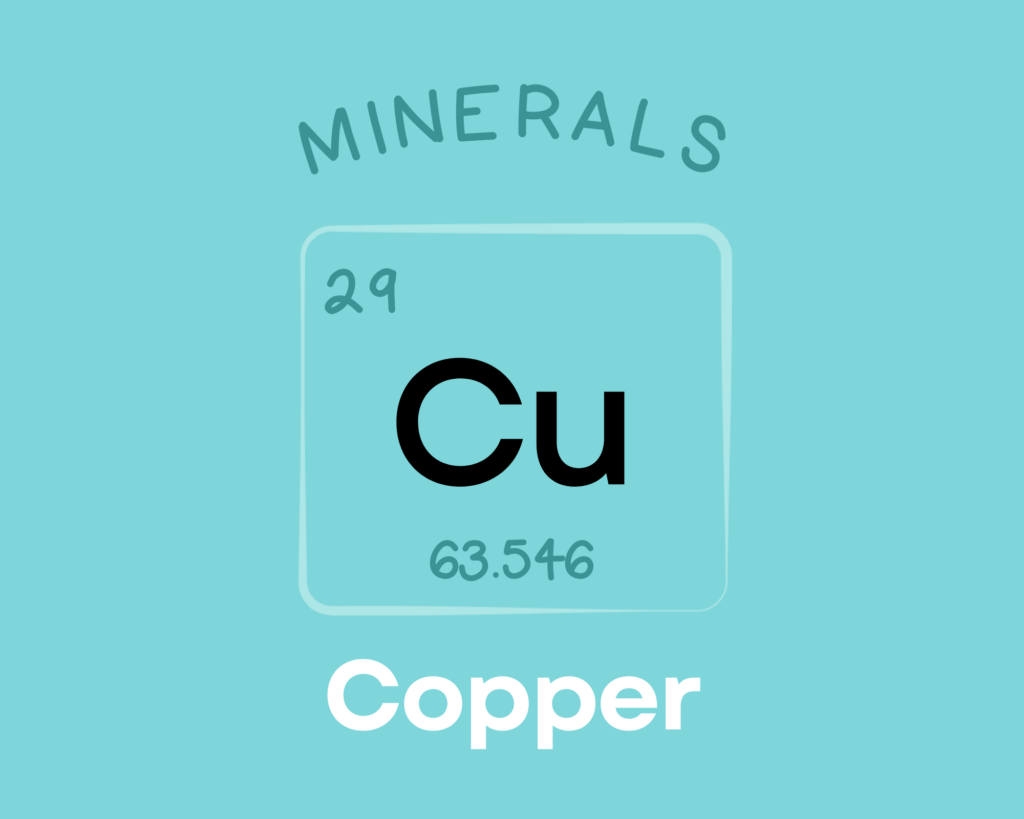
Copper is a trace mineral that’s essential for all living organisms. Copper serves as a component of numerous enzymes and proteins in the body, giving it diverse roles in the growth, development, and maintenance of various organs (including the heart and brain), bone, and connective tissue. Copper is also involved in glucose and cholesterol metabolism, helps regulate gene expression, can scavenge free radicals, and is needed for the production of red blood cells. Learn more about copper here.
Northern Lobster Provides 133% DV Selenium
Northern lobster is also a best source of selenium, providing 133% of the daily value per 4-ounce serving!
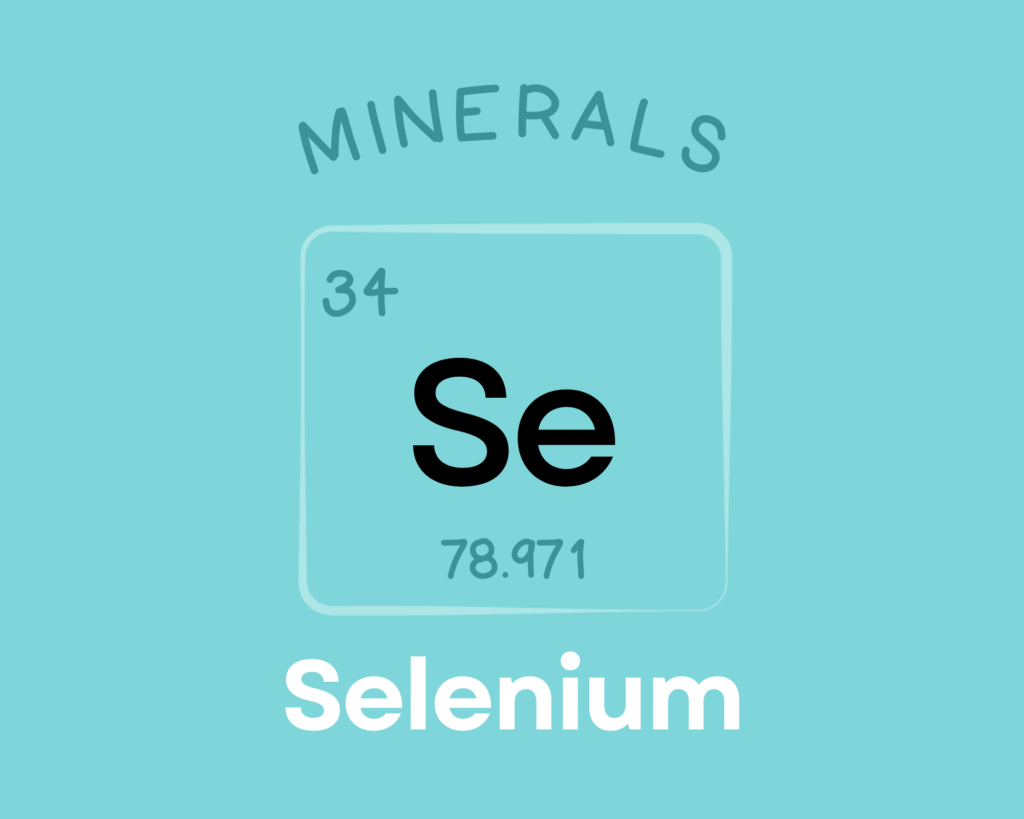
Selenium is a trace mineral needed by all mammals to sustain life. It serves as a component of the non-proteinogenic amino acids selenocysteine and selenomethionine, and also helps form over two dozen selenoproteins involved in reproduction, thyroid hormone metabolism, antioxidant defense, DNA synthesis, and immunity. Observational research suggests selenium could play a protective role against cancer, heart disease, asthma, and inflammatory bowel disease, although human trials have generally been lacking or contradictory. There’s also evidence that selenium can play a preventative role in asthma and inflammatory bowel disease, while also reducing mortality in patients with sepsis. Learn more about selenium here.
Northern Lobster Provides 80% DV Iodine
Northern lobster is a best source of iodine, providing 80% of the daily value per 4-ounce serving!

Iodine is a trace mineral that serves as a structural component of thyroid hormones, giving it a major role in thyroid health and function. As a result, it’s involved in regulating metabolism, reproductive function, fatty acid release, carbohydrate absorption, growth, and development. Consuming adequate amounts is particularly important during pregnancy (for preventing complications like preeclampsia, preterm delivery, miscarriage, and stillbirth) and during childhood (where it supports central nervous system development). Untreated iodine deficiency can lead to goiter and hypothyroidism. Learn more about iodine here.
Northern Lobster Provides 319.7 mg of Taurine
Northern lobster is also a best source of taurine, providing 319.7 mg of taurine per 4-ounce serving!

Taurine is a non-proteinogenic amino sulfonic acid that supports neurological development, serves as a major component of bile (which helps to digest fats), and plays a role in water and mineral regulation within the blood (including through membrane stabilization and calcium signaling). Taurine also regulates the immune system and serves as an important antioxidant, and it plays a role in cardiovascular function and the development of skeletal muscle.
Northern Lobster Provides 78% DV EPA+DHA
Northern lobster is a best source of EPA+DHA, providing 78% of the daily value per 4-ounce serving!
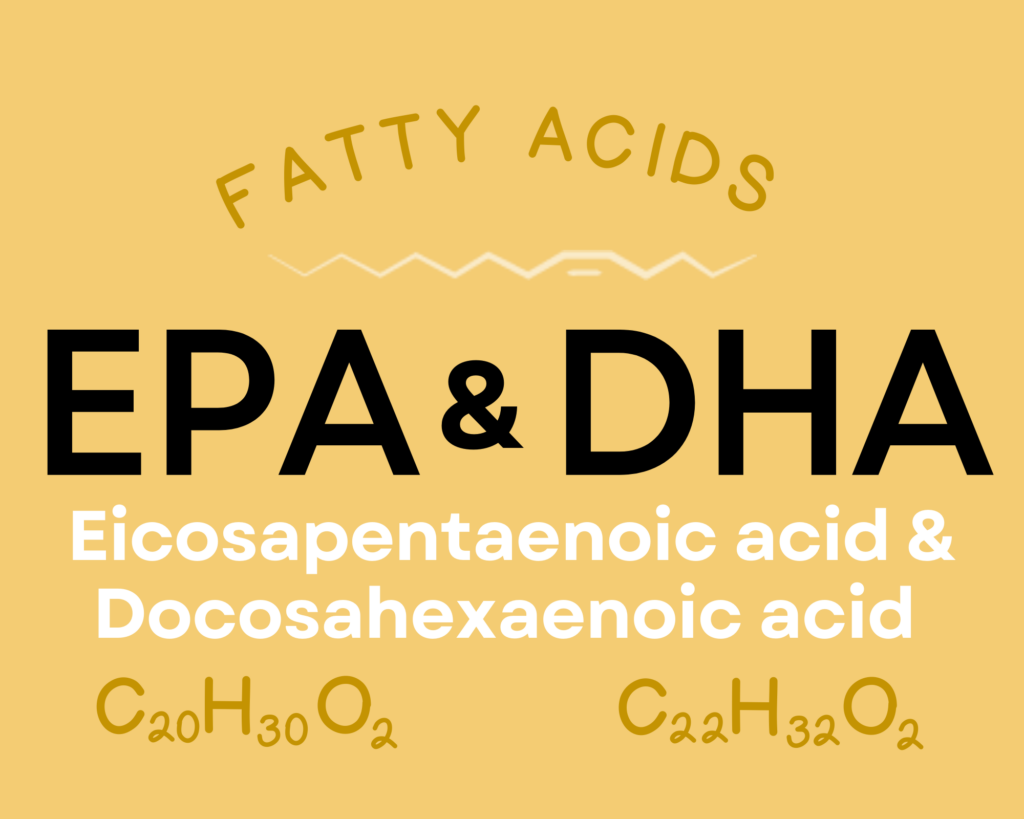
Eicosapentaenoic acid (EPA) and docosahexaenoic acid (DHA) are long-chain omega-3 fats that play important roles in neurological health, immune function, eye health and vision, inflammation, pain signaling, gut health, fetal development, and some aspects of cardiovascular health (like triglyceride levels and blood clotting). They exert many of their effects by helping form chemical messengers called prostaglandins, thromboxanes, and leukotrienes. EPA and DHA also serve as a structural component of the cell membrane, influencing important properties such as membrane fluidity and permeability. Small amounts of them can be synthesized from a shorter-chain omega-3 fat, alpha-linolenic acid (ALA). Learn more about EPA and DHA here.
Northern Lobster Provides 60% DV Vitamin B12 (Cobalamin)
Northern lobster is also a best source of vitamin B12 (cobalamin), providing 60% of the daily value per 4-ounce serving!
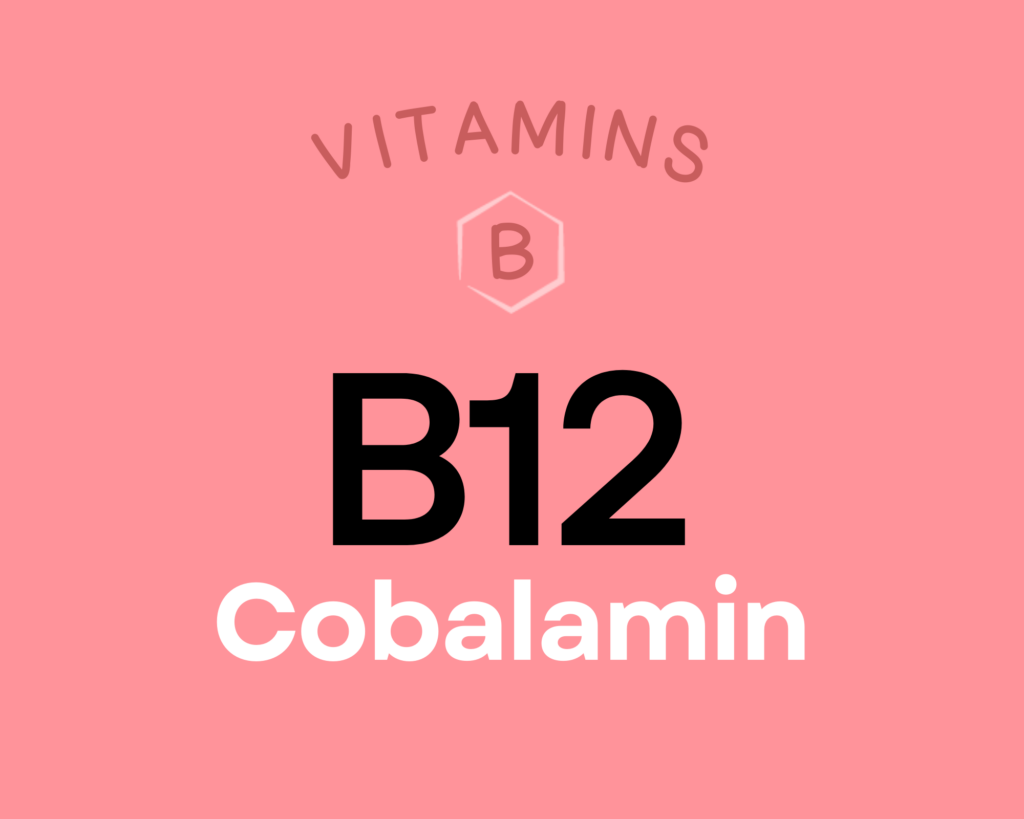
Vitamin B12 (cobalamin) is a water-soluble vitamin that serves as a cofactor for enzymes involved in energy metabolism, red blood cell production, DNA synthesis, neurotransmitter production, nervous system health, and folate metabolism. As a result of these roles, vitamin B12 is vital for maintaining brain and nervous system health, and may have a protective effect against dementia, Alzheimer’s disease, and depression. There’s also some evidence vitamin B12 may be cancer-protective, possibly through supporting folate metabolism (which then assists in repairing DNA damage). Learn more about vitamin B12 here.
Northern Lobster Provides 19.0 g of Protein
Northern lobster is an excellent source of protein, providing 19.0 g of protein per 4-ounce serving!
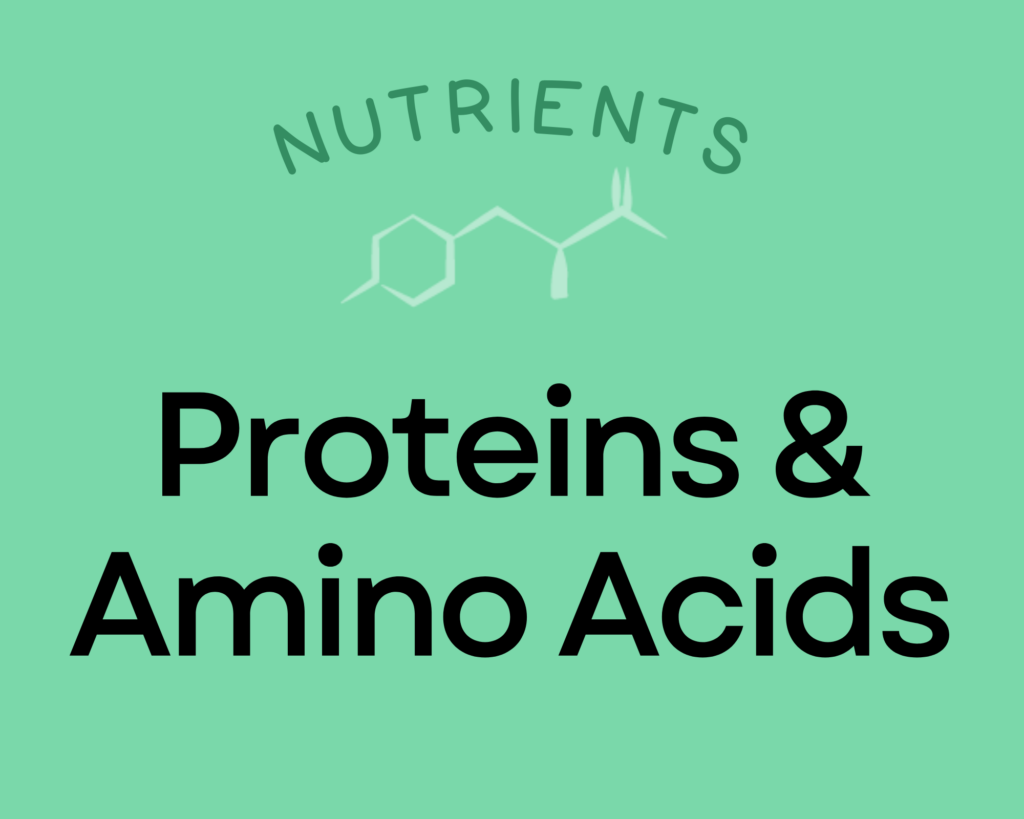
Proteins are the molecules that actually perform most of the various functions of life. In addition to being major structural components of cells and tissues, they have incredibly diverse roles from driving chemical reactions (e.g., enzymes) to signaling (e.g., some types of hormones) to transporting and storing nutrients. Dietary protein is necessary to supply the amino acid building blocks for all of the proteins in our bodies. The recommended daily allowance of protein is 0.36 grams per pound body weight (0.8 grams per kilogram of body weight). That amounts to 56 grams for a 150-pound person. However, it’s important to emphasize that this number is considered a minimum daily allotment, and there is no established upper limit. In fact, many studies have evaluated diets containing three to four times more protein than this minimum and proven benefits to weight management, body composition, hormone regulation, and cardiovascular health. These studies suggest that an optimal protein intake for most people is probably in the range of 1.2 to 1.8 grams per kilogram bodyweight (82 to 122 grams for that same 150-pound person), and that people who are very active may see the best results at even higher intake. Learn more about protein and amino acids here.
Northern Lobster Provides 37% DV Zinc
Northern lobster is also an excellent source of zinc, providing 37% of the daily value per 4-ounce serving!
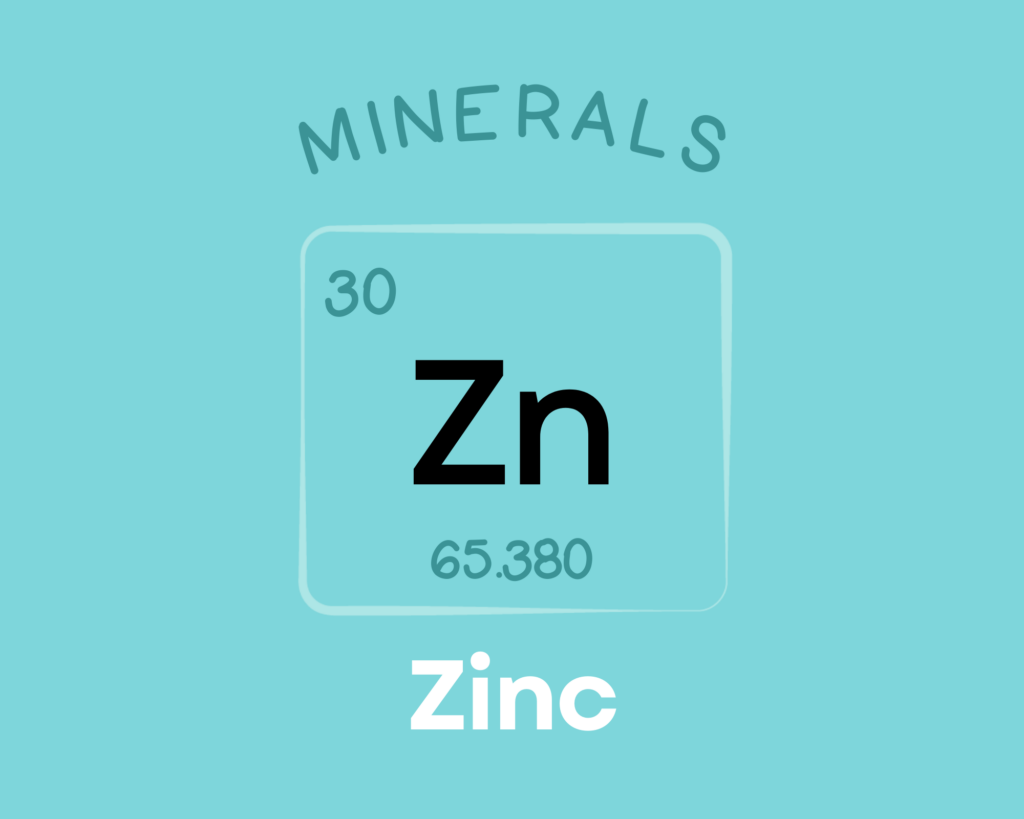
Zinc is an essential trace mineral that serves as a cofactor for over 300 enzymes and 1000 transcription factors, giving it important roles in immune function, sensory organ function, reproduction, gene regulation, DNA synthesis, wound healing, and the metabolism and activity of multiple other nutrients. Research shows it can reduce the duration of the common cold when taken shortly after the onset of illness, and can also benefit immune health in the elderly and among HIV/AIDS patients. Some studies also suggest a protective role of zinc in neurological conditions like Alzheimer’s disease and depression. Learn more about zinc here.
Northern Lobster Provides 33% DV Vitamin B5 (Pantothenic Acid)
Northern lobster is an excellent source of vitamin B5 (pantothenic acid), providing 33% of the daily value per 4-ounce serving!
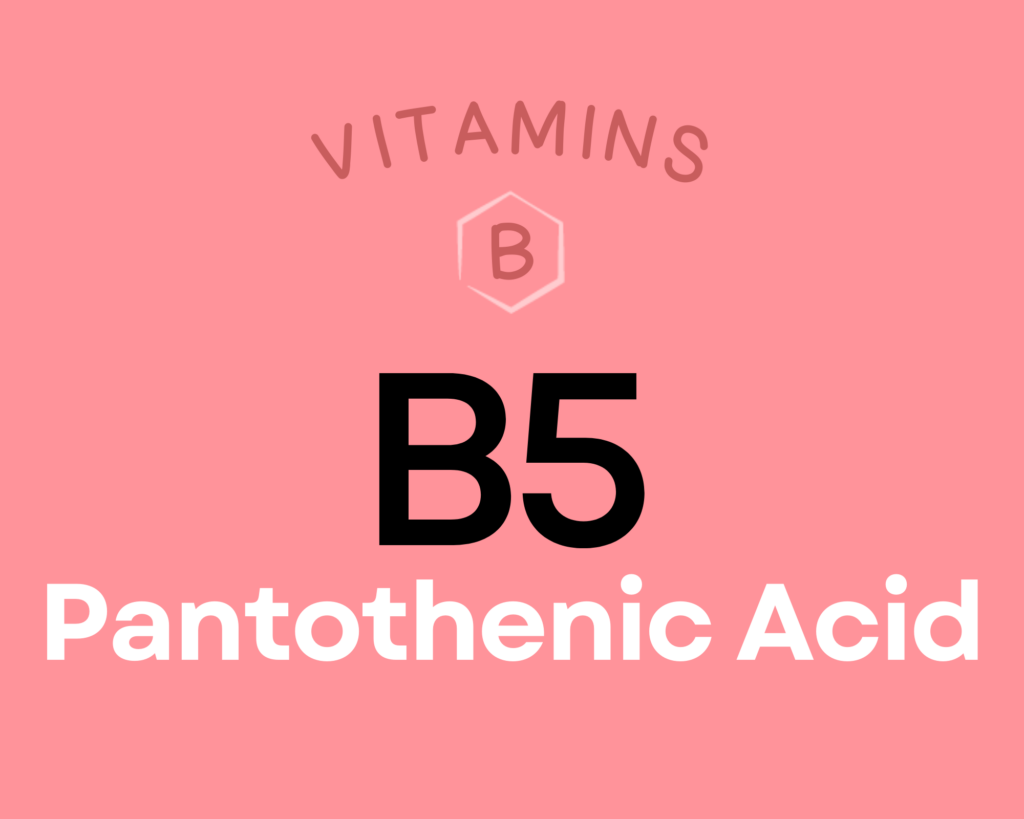
Pantothenic acid (or vitamin B5) is a water-soluble vitamin that serves as a cofactor for coenzyme A—which itself is critical for metabolizing many drugs and toxins, as well as forming derivatives (acetyl-CoA and succinyl-CoA) that participate in the synthesis of cholesterol, fatty acids, melatonin, the neurotransmitter acetylcholine, steroid hormones, heme, and vitamins A and D. Coenzyme A is also needed in the Krebs cycle, giving pantothenic acid a role in energy metabolism. Research suggests that a pantothenic acid derivative (pantethine) can help improve blood lipid profiles and reduce fatty streak formation and lipid deposition in the arteries, giving it a cardio-protective role. Additional research shows that panthothenic acid can accelerate wound healing, boost cellular production of the important antioxidant glutathione, and possibly help improve symptoms of rheumatoid arthritis. Learn more about vitamin B5 here.
Want to know the top 500 most nutrient-dense foods?
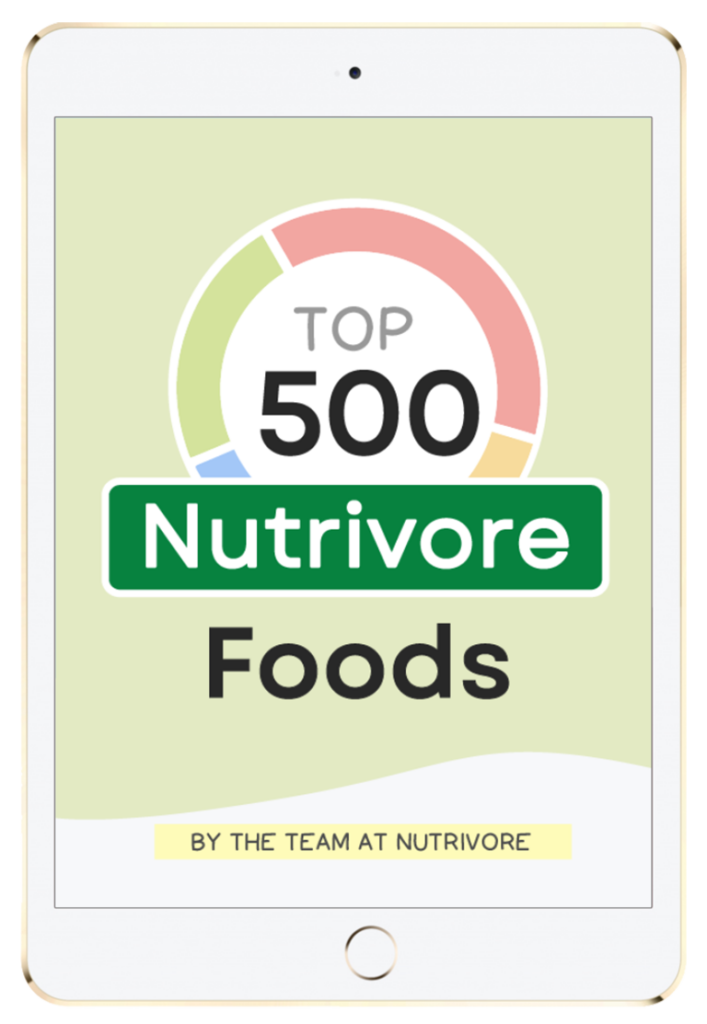
Top 500 Nutrivore Foods
The Top 500 Nutrivore Foods e-book is an amazing reference deck of the top 500 most nutrient-dense foods according to their Nutrivore Score. Think of it as the go-to resource for a super-nerd, to learn more and better understand which foods stand out, and why!
If you are looking for a quick-reference guide to help enhance your diet with nutrients, and dive into the details of your favorite foods, this book is your one-stop-shop!
Buy now for instant digital access.
How Much Lobster Should We Eat Per Day?
Shellfish are nutrient dynamos which can even rival liver in terms of nutrient density!
Fish and shellfish are not only nutrient-dense sources of highly-digestible gut-friendly complete protein and the best food sources of the very important long-chain omega-3 fatty acids, DHA and EPA, but they’re outstanding sources of important nutrients in which we are commonly deficient. Eating seafood reduces risk of cardiovascular disease, type 2 diabetes, obesity and some forms of cancer.
Shellfish are extremely rich sources of vitamin B12, zinc, copper and selenium while also providing impressive amounts of vitamin A, vitamin C, vitamin D, iron, copper, calcium, phosphorus, potassium, magnesium, manganese, iodine and selenium. Shellfish also contain smaller but still notable amounts of vitamins B1, B2, B3, B5, B6, and B9, while also providing dozens of trace minerals.
In fact, every 100 grams per day of seafood decreases all-cause mortality by 7%. And, every 20 grams per day of fish decreases cardiovascular disease mortality by 4%. Aim to eat three or more servings of seafood weekly (and up to every meal!). Learn more about seafood here.
It’s always best to mix up the foods you eat day to day (aiming for a wide variety of different fish and shellfish throughout the week), and lobster definitely has a place at the table.
Easily track your servings of Nutrivore Foundational Foods!

The Nutrivore Weekly Serving Matrix
The Nutrivore Weekly Serving Matrix digital resource is an easy-to-use and flexible weekly checklist designed to help you maximize nutrient-density and meet serving suggestions of Nutrivore foundational foods, all without having to weigh or measure your foods!
Includes a 22-page instructional guide and downloadable interactive guides.
Buy now for instant digital access.
Citations
Expand to see all scientific references for this article.
Chin SF, Liu W, Storkson J, Ha Y, Pariza M. Dietary sources of conjugated dienoic isomers of linoleic acid, a newly recognized class of anticarcinogens. Journal of Food Composition and Analysis. 1992 Sept(5):185-197. DOI:10.1016/0889-1575(92)90037-K
Froger N, Moutsimilli L, Cadetti L, Jammoul F, Wang QP, Fan Y, Gaucher D, Rosolen SG, Neveux N, Cynober L, Sahel JA, Picaud S. Taurine: the comeback of a neutraceutical in the prevention of retinal degenerations. Prog Retin Eye Res. 2014 Jul;41:44-63. doi: 10.1016/j.preteyeres.2014.03.001. Epub 2014 Apr 8. PMID: 24721186.
Pravst I, Zmitek K, Zmitek J. Coenzyme Q10 contents in foods and fortification strategies. Crit Rev Food Sci Nutr. 2010 Apr;50(4):269-80. doi: 10.1080/10408390902773037. PMID: 20301015.
Sprague M, Chau TC, Givens DI. Iodine Content of Wild and Farmed Seafood and Its Estimated Contribution to UK Dietary Iodine Intake. Nutrients. 2021 Dec 31;14(1):195. doi: 10.3390/nu14010195. PMID: 35011067; PMCID: PMC8747335.
USDA Food Central Database: Crustaceans, lobster, northern, raw
Watanabe T, Kioka M, Fukushima A, Morimoto M, Sawamura H. Biotin content table of select foods and biotin intake in Japanese. Int J Anal Bio-Sci. 2014. Vol 2(4):109-125.


